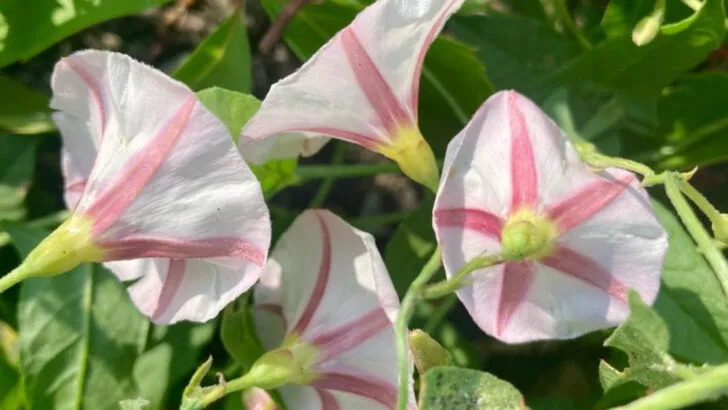Not all weeds are villains. Some of the scraggly plants popping up in your yard are actually wild herbs, medicinal wonders, or pollinator magnets in disguise. These so-called “weeds” may be untamed, but they’re often hardworking, soil-healing, and even edible. Before you reach for the weedkiller, it might be time to rethink who stays and who goes.
In this list, we’ll show you 9 common backyard weeds that are secretly beneficial allies—plants that improve your soil, support local ecosystems, or can even end up on your plate. On the flip side, we’ll also call out 8 aggressive invaders that offer nothing but trouble, spreading fast, choking out your garden, and refusing to leave without a fight.
Whether you’re a hands-off gardener or someone who inspects every leaf, knowing the difference between weeds worth saving and those that need the boot can save you hours of frustration—and maybe even change the way you see your lawn. Let’s give credit where it’s due… and pull what needs pulling.
Dandelion
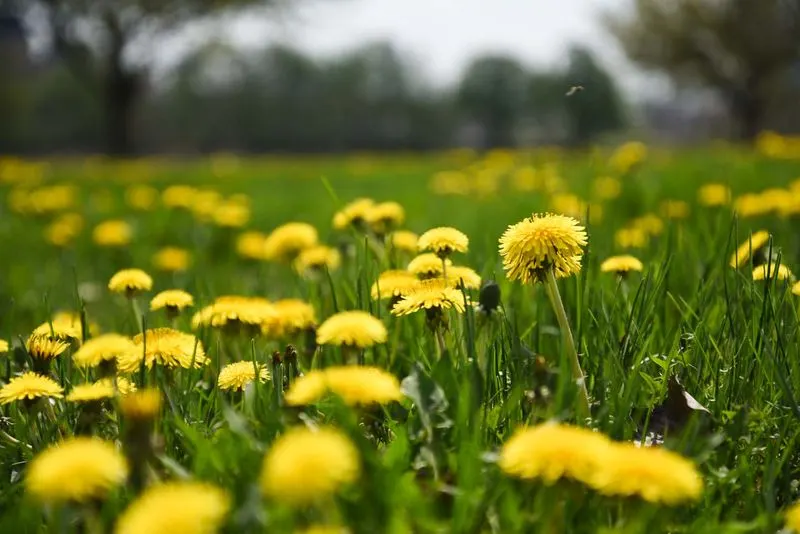
Dandelions are more than just prolific seed spreaders. In many cultures, they’re considered an herbal powerhouse, with roots and leaves used in traditional medicine. Their sunny blooms attract pollinators like bees, supporting the local ecosystem. These bright bursts of yellow are among the first signs of spring, bringing color and life to your backyard. Contrary to their reputation as a persistent weed, dandelions are nutrient accumulators, pulling essential minerals from deep in the soil to the surface, thus enriching the soil for other plants.
Clover
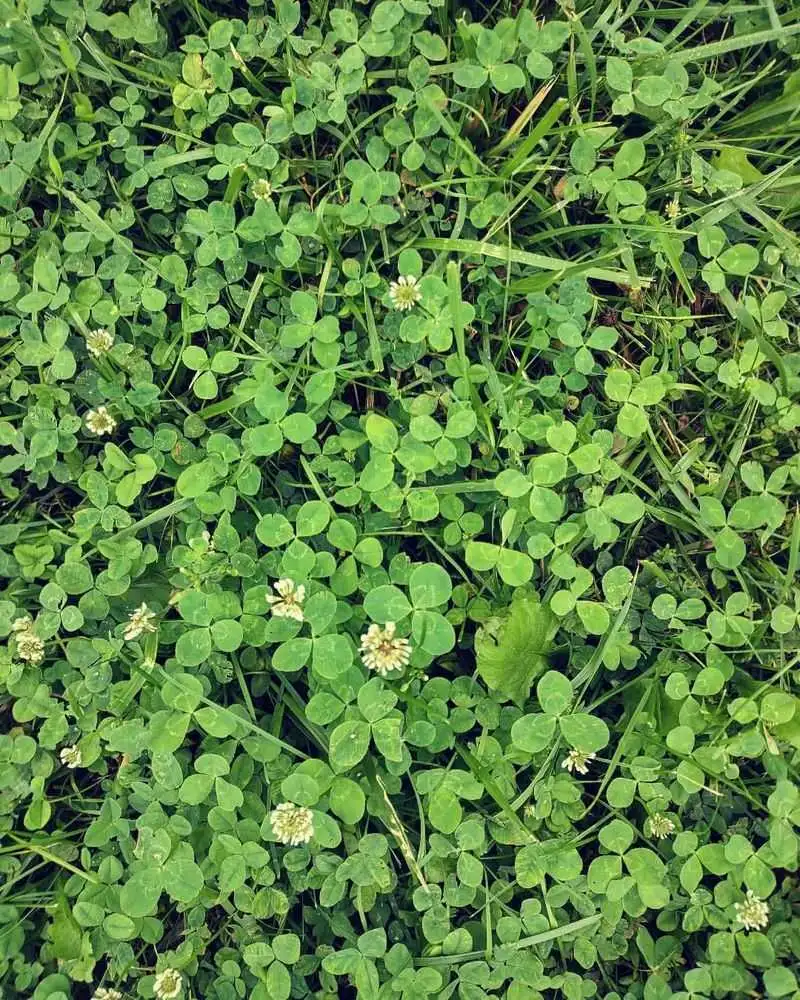
Clover often finds itself labeled a nuisance, yet it plays a significant role in soil health. Its ability to fix nitrogen into the soil makes it a natural fertilizer, reducing the need for chemical inputs. Clover’s dense mat is soft underfoot, providing an inviting texture for barefoot walks. It supports bees and other beneficial insects with its small, sweet flowers. This understated plant is a cornerstone for sustainable gardening practices, offering eco-friendly benefits while demanding little in return.
Chickweed
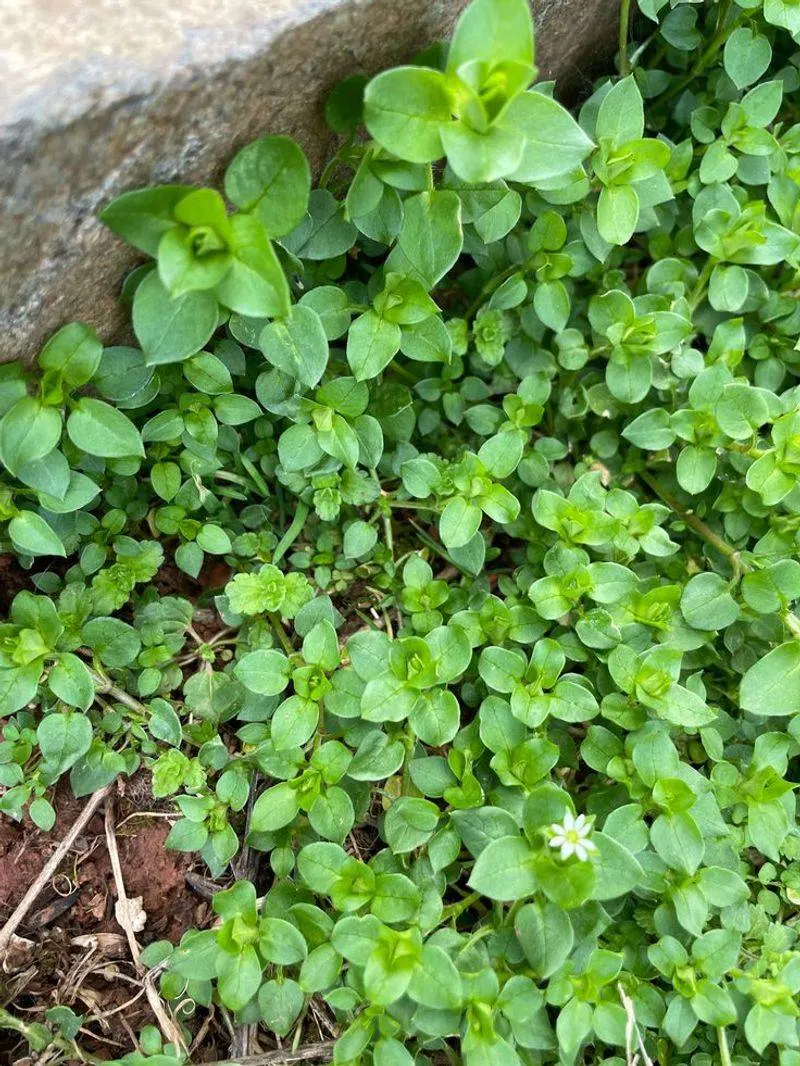
Chickweed may be small, but it is mighty in its nutritional content. Rich in vitamins and minerals, it has historically been used in salads and as a remedy for various ailments. Its tender leaves are a favorite among foragers, offering a fresh, green addition to meals. Chickweed grows rapidly, covering bare spots and preventing soil erosion. Its presence in your garden signifies healthy, well-balanced soil, making it a silent gardener’s ally.
Purslane
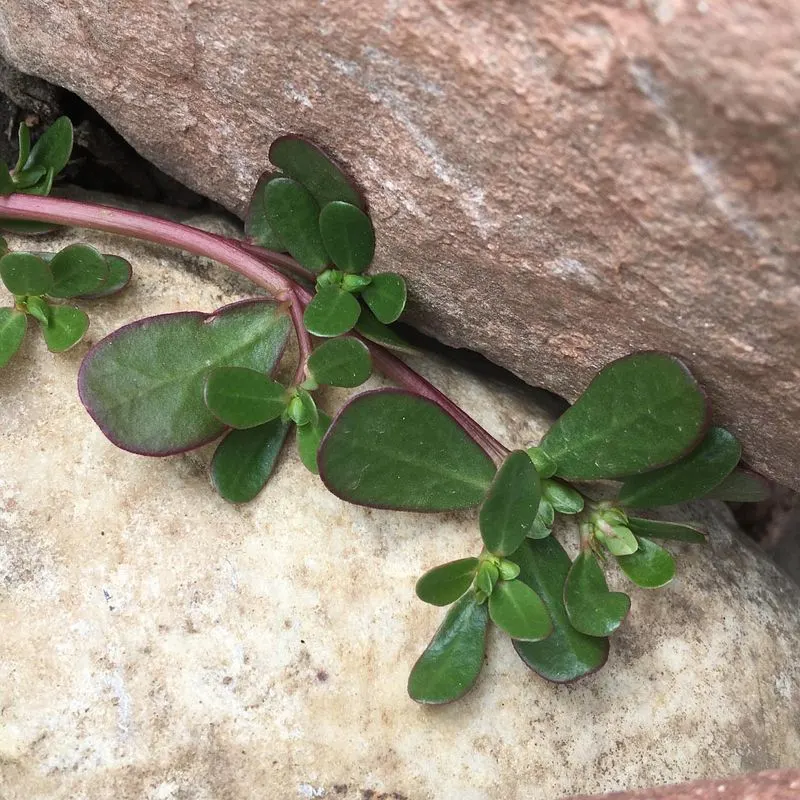
Purslane is a succulent that often goes unnoticed underfoot. Yet, it’s a nutritional powerhouse, packed with omega-3 fatty acids and antioxidants. Its crunchy leaves make a delightful addition to salads and stir-fries, offering a tangy, lemony flavor. Purslane thrives in poor soils and harsh conditions, making it a resilient companion in the garden. Beyond its culinary value, it also serves as a ground cover, protecting soil from erosion and conserving moisture.
Plantain
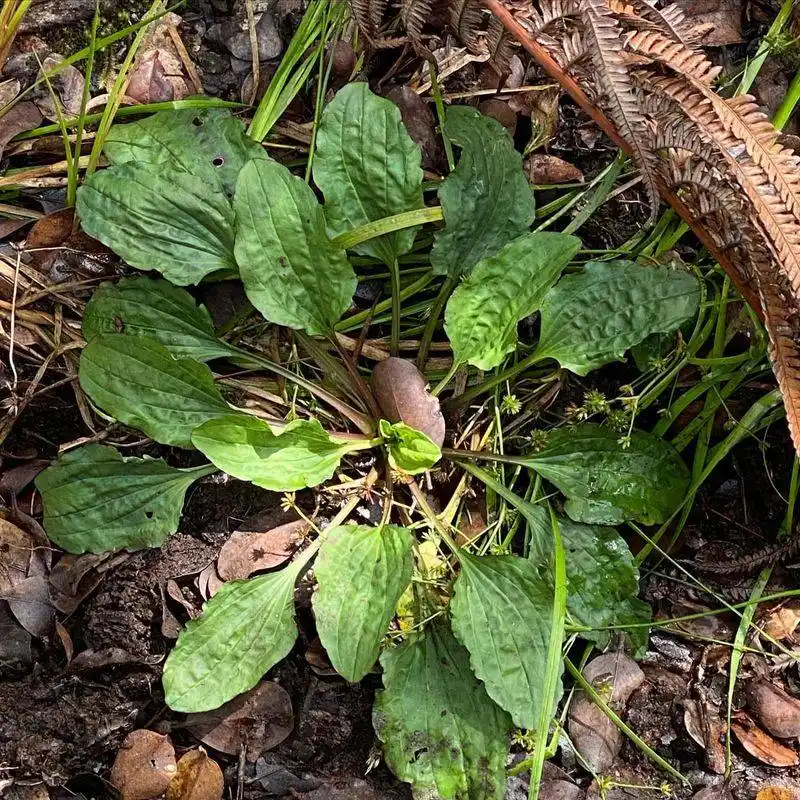
Broadleaf plantain is often found on footpaths and lawns, but its uses extend far beyond being a simple weed. Known for its medicinal properties, plantain leaves are used to soothe insect bites and minor wounds. Its tough leaves can withstand foot traffic, making it a hardy addition to lawns. Some even consider it a survival food due to its edible leaves and seeds. This common plant is a testament to nature’s resilience and utility.
Nettle
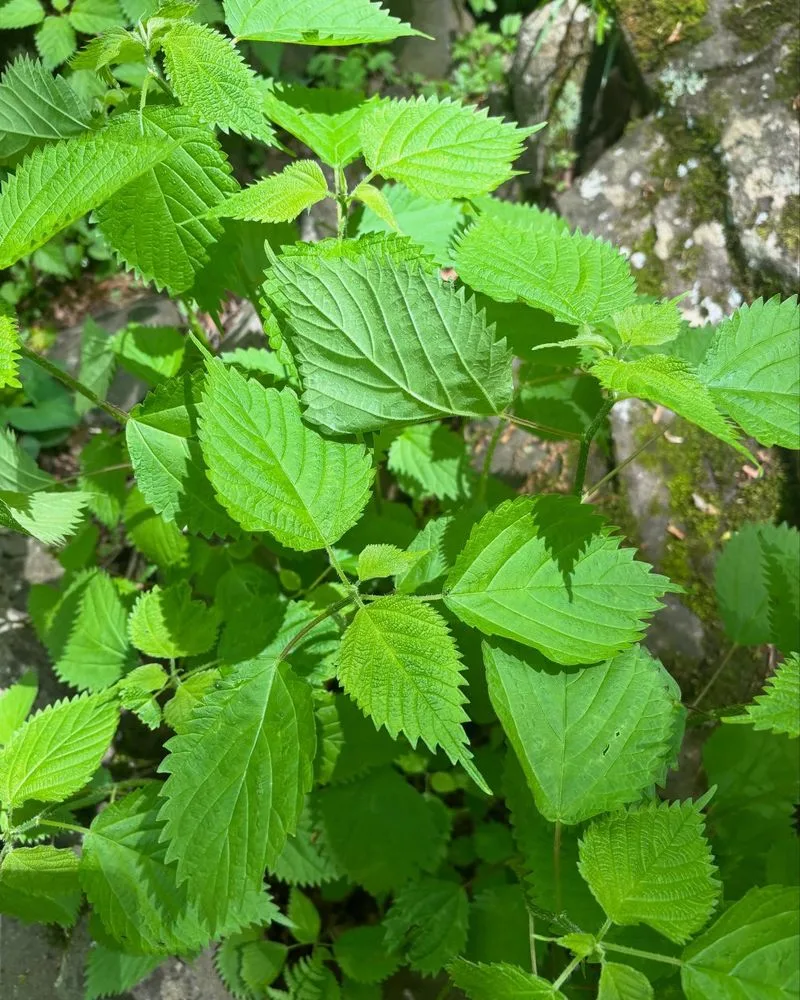
Stinging nettle might deter with its prickly exterior, but it harbors a wealth of benefits. This plant is rich in iron and vitamins, often brewed into teas or used in soups. Historically, it’s been utilized in traditional medicine for its anti-inflammatory properties. Nettle supports biodiversity, offering a habitat for butterflies and other insects. When handled with care, this plant turns from a backyard nuisance into a source of nourishment and ecological balance.
Yarrow
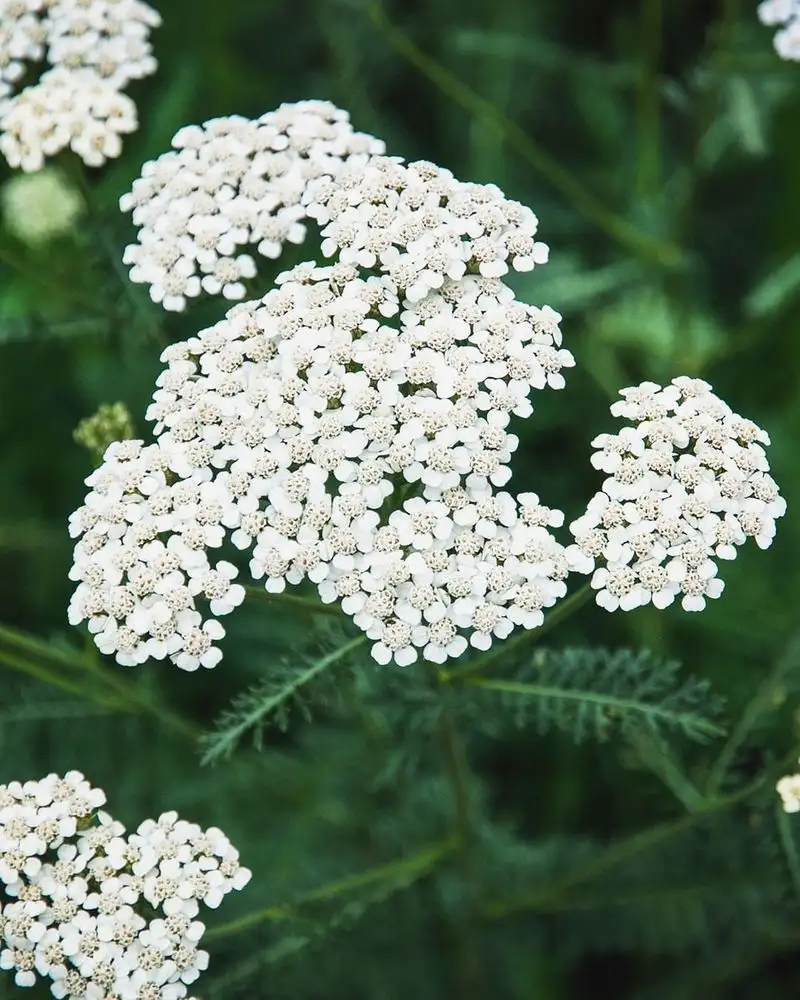
Yarrow is a staple in herbal medicine for its purported healing abilities. It’s often seen in wildflower meadows but thrives in backyards too. This fern-like plant attracts beneficial insects and can improve soil conditions by accumulating nutrients. Its feathery leaves and flat-topped flower clusters bring a touch of elegance to any garden space. Yarrow’s presence is a signal of ecological health, beneficial both ornamentally and functionally.
Lamb’s Quarters
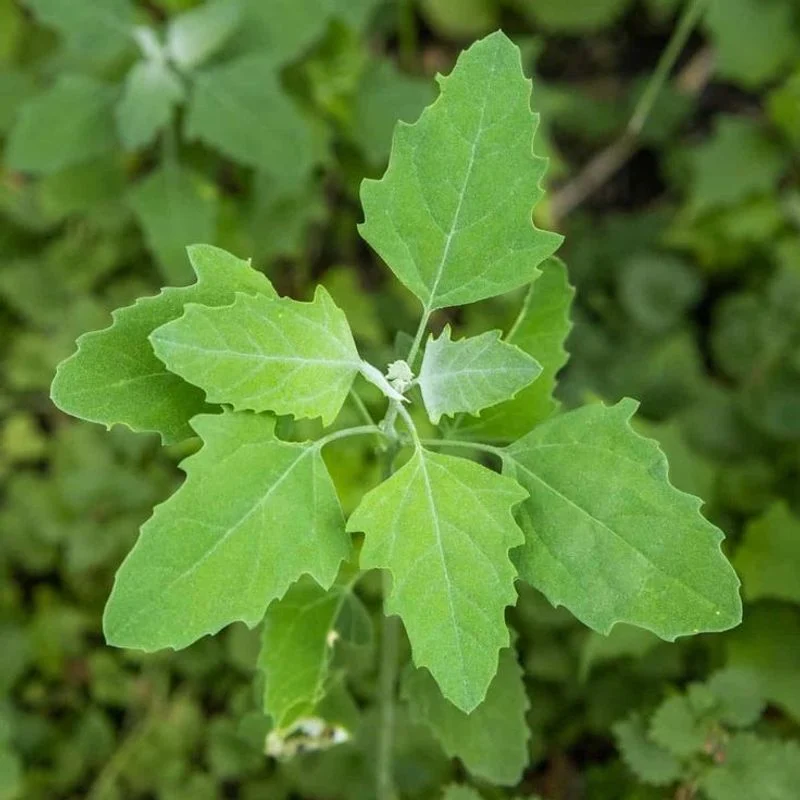
Sometimes mistaken for a weed, Lamb’s Quarters is in fact a nutritious leafy green. Its leaves are high in vitamins A and C, rivaling spinach in nutritional value. The plant grows vigorously, often appearing in garden beds and borders. Its ability to thrive in various conditions makes it a reliable food source, both for humans and wildlife. Incorporating it into your diet or compost can enhance your garden’s productivity.
Thistle
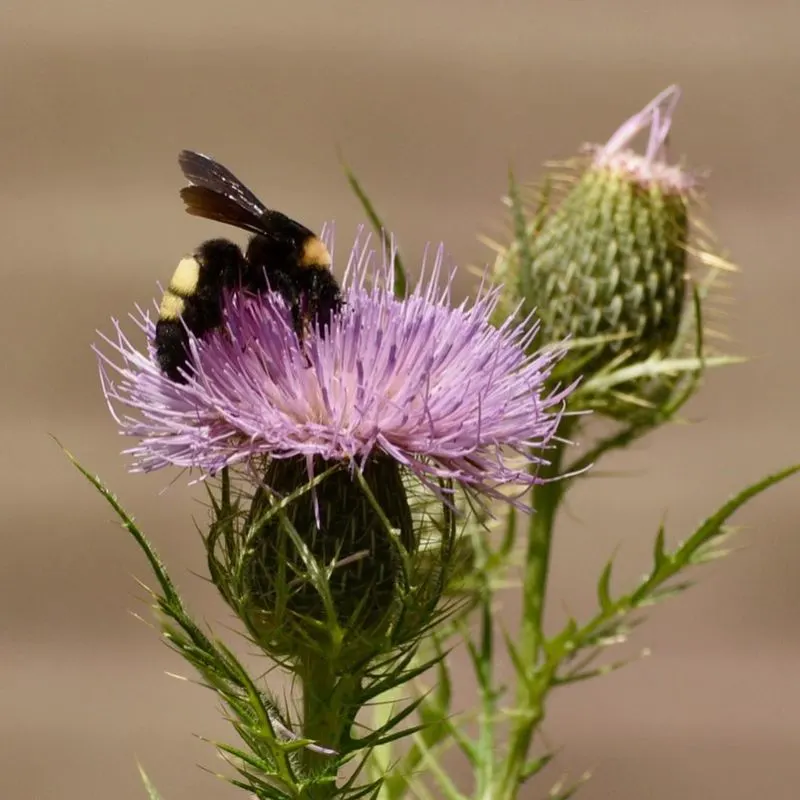
Thistle may look daunting with its spiky leaves, yet it serves important ecological roles. It provides food for pollinators like bees and butterflies. Its seeds are loved by birds, especially goldfinches. This plant’s robust nature allows it to stabilize soil and prevent erosion. While not ideal for every garden corner, its presence can indicate soil health and support biodiversity. Thistle’s beauty lies in its resilience and the life it supports.
Bindweed
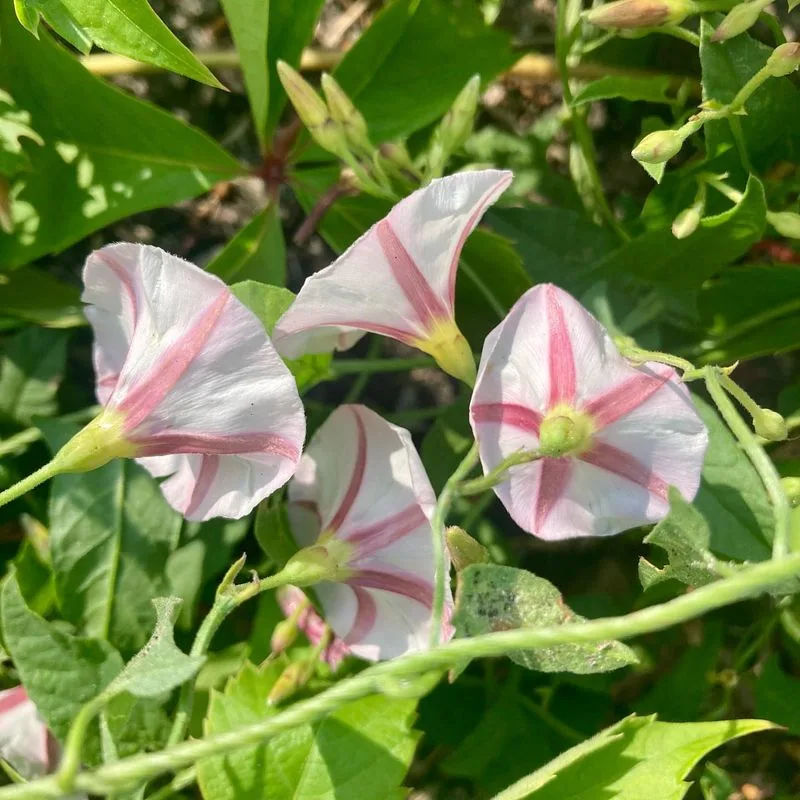
Despite its delicate appearance, bindweed is notorious for its invasive nature. Its vigorous growth can smother other plants, making it a gardener’s challenge. The slender stems weave through gardens, often requiring persistent removal. While it doesn’t offer the same benefits as some weeds, bindweed can signal nutrient-rich soil. Managing it can prevent the choking of beloved garden specimens.
Crabgrass
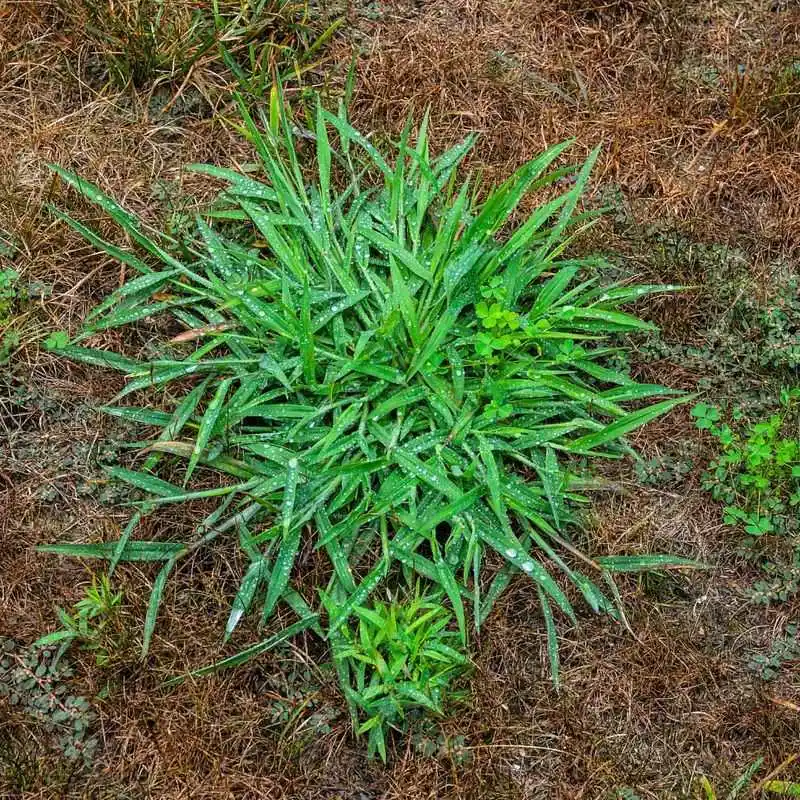
Crabgrass often stands as the epitome of stubborn garden woes. Its fast-spreading nature can overtake lawns and flower beds, making it a frequent target for removal. While it lacks the beneficial traits of other weeds, its presence often points to compacted soil conditions. Addressing the underlying soil health can help manage its spread. Despite its reputation, crabgrass is a reminder of nature’s tenacity.
Burdock
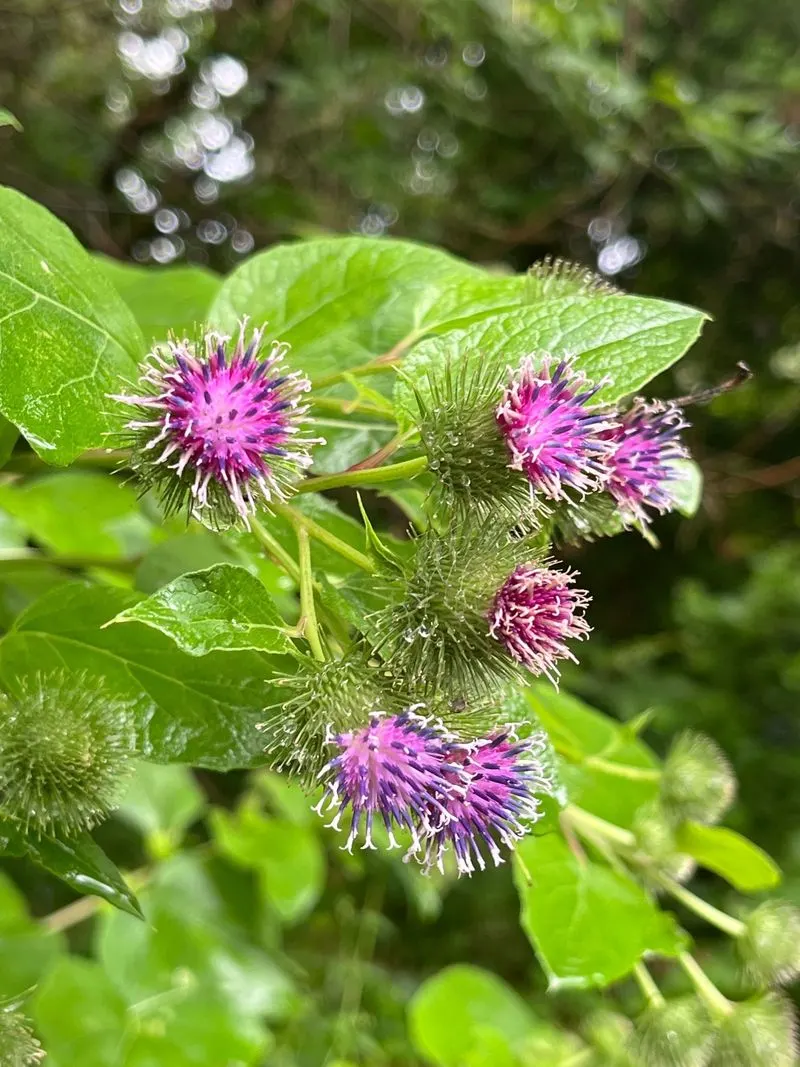
Burdock is easily recognized by its large leaves and spiky burrs that cling to clothes and fur. Often seen as a nuisance, its roots are used in traditional medicine and are edible when prepared correctly. The plant’s burrs inspired the invention of Velcro, showcasing nature’s influence on innovation. Control is necessary to prevent it from overrunning spaces, yet its historical significance is undeniable.
Kudzu
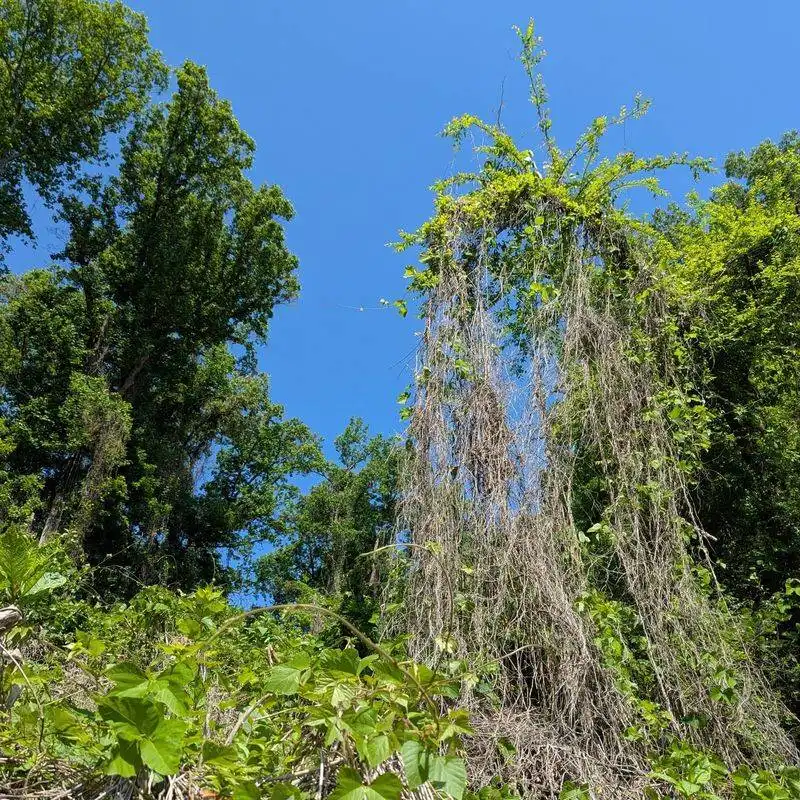
Kudzu is infamous for its rapid growth, often engulfing any structure in its path. Its ability to spread quickly has earned it the nickname “the vine that ate the South.” This invasive species can choke out native plants and alter ecosystems. However, it’s also utilized in certain culinary and medicinal applications in its native regions. While its growth must be managed, kudzu’s story is one of adaptation and resilience.
Poison Ivy
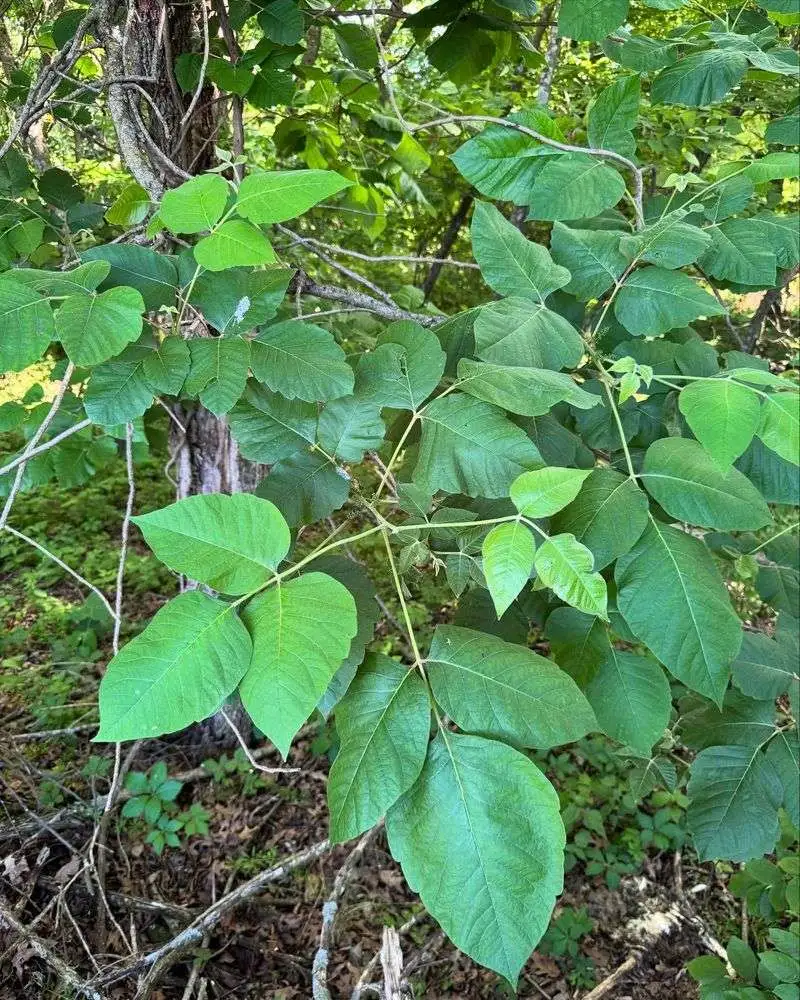
Poison ivy is known for causing itchy rashes upon contact, making it a plant to avoid. Its oily compound, urushiol, causes allergic reactions in many people. Despite this, it plays a role in local ecosystems, providing food for wildlife. Recognizing and avoiding poison ivy is crucial for enjoying the outdoors safely. It serves as a powerful reminder of the importance of understanding and respecting nature’s boundaries.
Bermudagrass
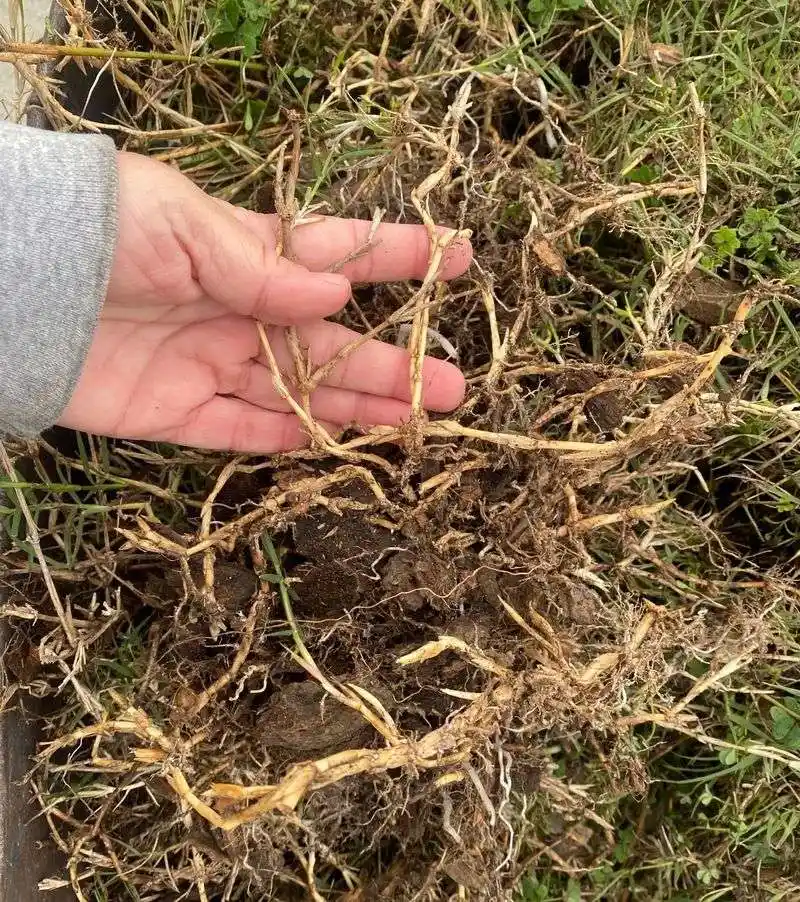
Bermudagrass is a common lawn grass, often viewed as an invasive when it spreads beyond intended areas. Its aggressive growth can overpower other plants, complicating garden maintenance. While it establishes a resilient lawn, its spread may require regular control. Recognizing its benefits in lawn applications can help balance its role in the garden. Its tenacity is both a challenge and a testament to its adaptability.
Foxtail
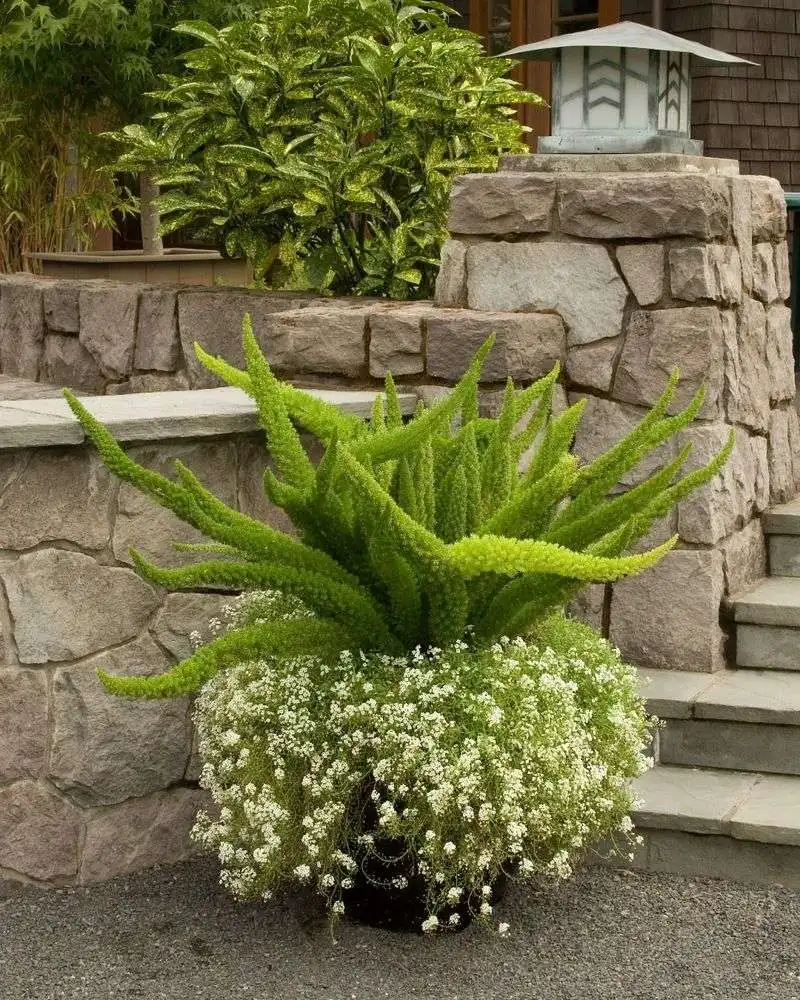
Foxtail is notorious for its characteristic seed heads that can become lodged in fur and skin, posing risks to pets. Its rapid growth and adaptability make it a familiar sight along roadsides and in fields. While useful for preventing soil erosion, its seed heads require careful management to avoid harm. Its presence in the garden serves as a reminder of the delicate balance between nature’s beauty and its challenges.
Quackgrass
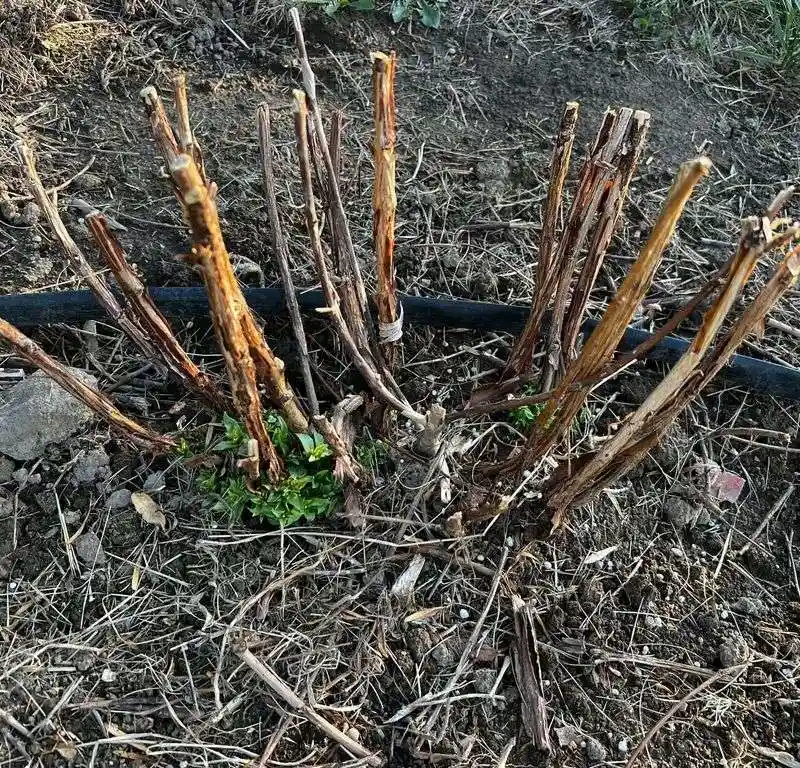
Quackgrass is a persistent weed due to its extensive rhizome network that resists easy removal. It can quickly colonize areas, outcompeting desired plants. Despite its toughness, it indicates fertile soil conditions. Managing quackgrass involves regular maintenance to curb its spread. Its resilience illustrates the enduring power of nature in reclaiming space, encouraging gardeners to remain vigilant.

